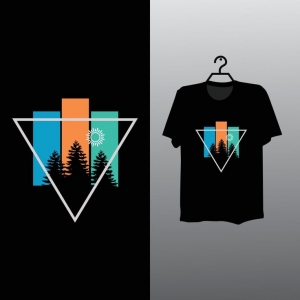When people think about cryptocurrency, the first things that usually come to mind are coins, charts, and exchanges. Rarely do they think about the machines and individuals working behind the curtain to keep everything running. At the center of it all is the crypto miner, the often-overlooked force that makes decentralized systems possible.
What Exactly Does a Crypto Miner Do?
A crypto miner is responsible for validating and recording transactions on the blockchain. In proof-of-work systems like Bitcoin, miners compete to solve complex mathematical puzzles. Whoever solves the puzzle first gets to add a block to the chain and earn a reward in the form of coins.
This process doesn’t just mint new tokens—it also ensures that transactions are secure and irreversible. Without miners, blockchains would lose the very trustless system that sets them apart from traditional finance.
The Changing Landscape of Mining
Back in the early days, one crypto miner could use a simple computer to compete and still make a decent profit. Those times are long gone. As the networks grew, so did the mining difficulty. Today, the industry is dominated by specialized rigs and massive mining farms consuming as much energy as small cities.
But it’s not all about size. Many small miners continue to operate, often by joining mining pools where multiple participants share their computing power and split rewards. This way, even someone with just one rig can still earn a piece of the pie.
The Costs That Come With Mining
Here’s where it gets tricky. Being a crypto miner isn’t just about plugging in a machine and collecting coins. The real challenge lies in costs—particularly electricity. Mining hardware consumes an enormous amount of power, and profitability depends heavily on energy prices.
Add in hardware costs, which can range from a few hundred dollars to several thousand, plus maintenance and cooling, and it quickly becomes clear that mining isn’t a guaranteed money-making venture. It’s more like a high-stakes balancing act between expenses and potential rewards.
Pros and Cons Worth Considering
The good side of mining is simple: miners are an active part of the blockchain. Instead of just buying or trading coins, they contribute to the security of the network while earning crypto in return. There’s also a certain satisfaction in knowing your setup is directly supporting decentralization.
The downsides, though, are real. Profitability fluctuates with market prices. Hardware becomes outdated quickly. The noise and heat from rigs can be overwhelming. And then there’s the environmental debate, with critics pointing out the heavy energy footprint of mining operations.
Environmental Debate and Shifting Trends
The role of the crypto miner has drawn global attention in recent years because of its energy consumption. Some countries have outright banned mining, while others are encouraging miners to use renewable energy sources. The industry is slowly shifting toward greener solutions, with many large-scale miners setting up near hydro, solar, or wind power facilities.
Whether this is enough to silence critics remains to be seen. What’s certain is that miners must adapt, or risk being left behind in a changing regulatory and environmental landscape.
Looking Ahead for Crypto Miners
The future of the crypto miner is both exciting and uncertain. On one hand, proof-of-stake systems are gaining popularity, reducing the need for traditional mining. On the other hand, Bitcoin and several other major coins are sticking with proof-of-work, meaning miners will remain essential for years to come.
It’s possible that mining will consolidate further, with large farms taking the lion’s share. But hobbyists and smaller miners won’t disappear completely—many are motivated less by profit and more by passion for crypto’s core ideals.
Closing Reflection
At the end of the day, the crypto miner is the quiet engine of the entire ecosystem. They may not get the headlines or the glamour, but their work keeps blockchains secure, trustworthy, and alive. Whether you view them as pioneers, problem solvers, or simply power-hungry machines, miners remain a crucial piece of the puzzle—and probably will for a long time to come.






